Battling Revenue Erosion: Sharper SOC Accuracy Can Lift BESS Earnings by 11 %
For lithium-iron-phosphate (LFP) batteries-now powering more than 80 % of new BESS builds-SOC error margins of 10-20 % points are routine because LFP's flat voltage profile makes precise measurements tricky.
Ultimate Guide to Battery Aging - How to Prevent Aging in Battery Energy Storage
This article will explain aging in lithium-ion batteries, which are the dominant battery type worldwide with a market share of over 90 percent for battery energy stationary storage (BESS).
Reliability in Extreme Latitude: Sungrow Deploys 60MWh Battery Storage Project Close to the Arctic Circle
This project supports Finland's renewable energy grid and is part of the FRV AmpTank joint venture. The company is developing battery storage projects for both short-duration and long-duration storage at multiple locations.
Sungrow Releases the Groundbreaking PowerTitan 3.0 Energy Storage System Platform
The 30ft PowerTitan 3.0 Plus version is the world's largest BESS both in capacity and energy density, reducing land footprint by 45% and cabling by 10%.
Record-breaking energy density with up to 684Ah stacking battery cells and 12.5MW/50MWh per AC block.
Battery Energy Storage System (BESS) Decommissioning and End-of-Life Planning: Why Care Today?
When a BESS does reach the end of its useful life, disposal can be a complex task that must be carefully planned and executed. If you are just starting the permitting process, or in the early stages of BESS project development, this article is for you!
Ensuring Safety and Efficiency with FLIR Thermal Monitoring for Battery Energy Storage Systems
Battery Energy Storage Systems (BESS) are essential for storing renewable energy and ensuring grid stability. However, their implementation comes with inherent risks, particularly related to lithium-ion battery fires.
Vanadium Redox Flow Batteries
Storion has focused on securing access to a unique vanadium leasing model. Because the vanadium electrolyte represents 40-60% of a VRFB system's cost, it is a clear, leading candidate for cost reduction.
The Impact of Battery Energy Storage on the Clean Energy Transition
By improving grid efficiency and reducing the need for costly infrastructure upgrades, BESS can lower overall energy costs for consumers. Additionally, battery projects can create manufacturing, installation, and maintenance jobs, contributing to the growth of a clean energy economy.
Guide to Factory Acceptance Tests (FAT) for BESS
BESS systems undergo rigorous testing during the development process to ensure they operate safely and reliably. One of the most important steps of this pre-deployment protocol is Factory Acceptance Testing (FAT).
Harnessing the Flow of Battery Energy Storage Systems
The volatility of renewable prices and sourcing requires reliable storage solutions. One proven method is megawatt-level BESS and demand, stabilizing grids, preventing renewable energy waste, and encouraging innovation.
Records 1 to 10 of 10
Featured Product
OMCO Origin® Factory-Direct Trackers
A One-In-Portrait (1P) solution that support a wide range of solar projects (utility scale, distributed generation (DG), & C&I markets). Manufactured and factory preassembled in the USA at one of OMCO Solar's 5 US plants (AZ, IN, AL, OH), OMCO makes all structural components with domestic steel and now can offer a 100% domestic tracker. OMCO Origin® Factory-Direct Trackers include universal module mounts with options for all commercially available modules, labor-saving bearings with 6 adjustable ways to compensate for posts and terrain issues, and foundation solutions for every terrain including OMCO C Piles.

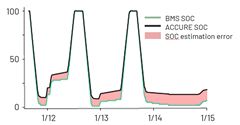
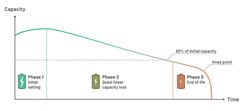
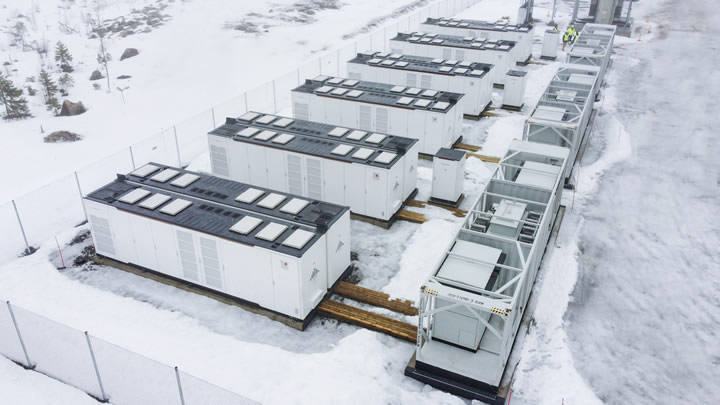
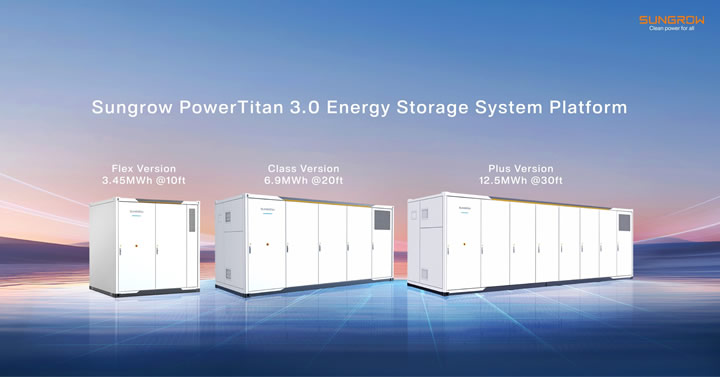
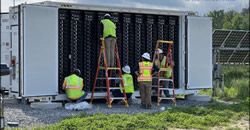


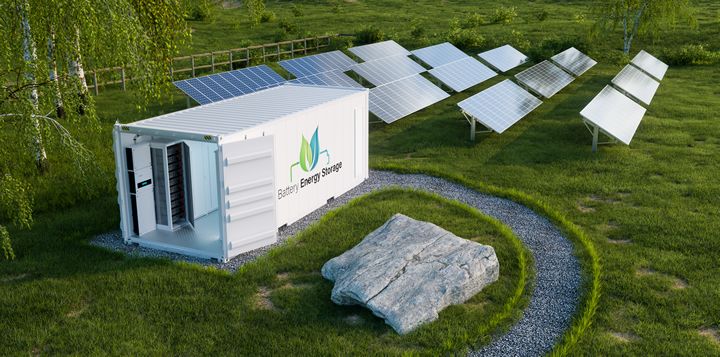
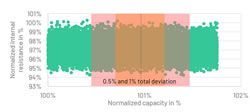
.jpg)